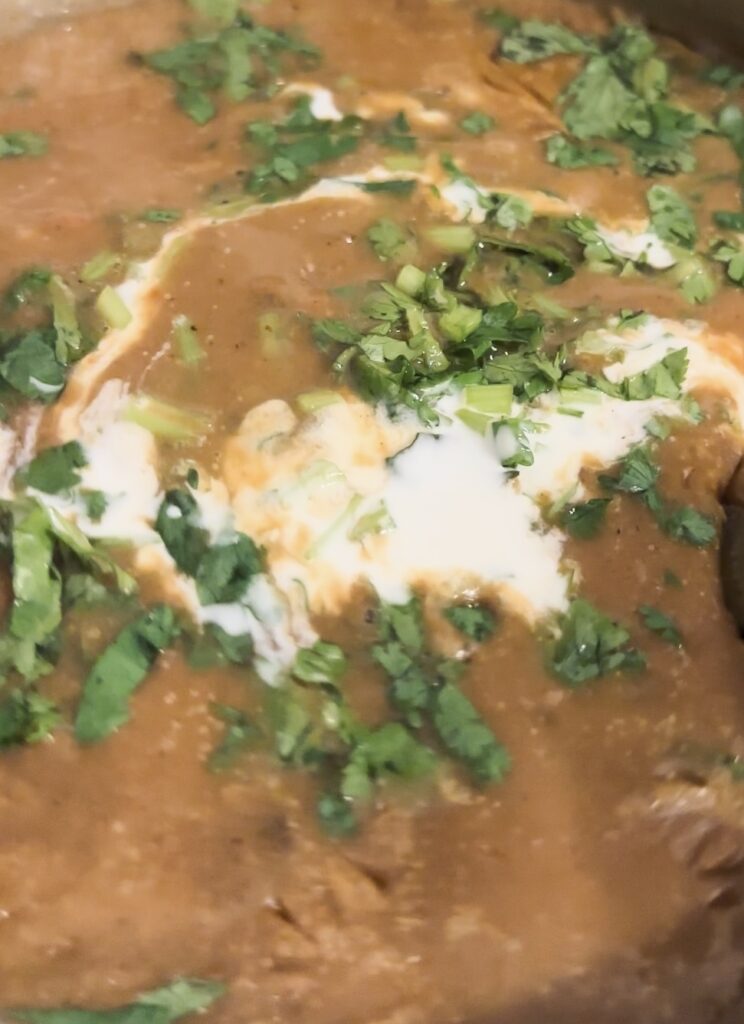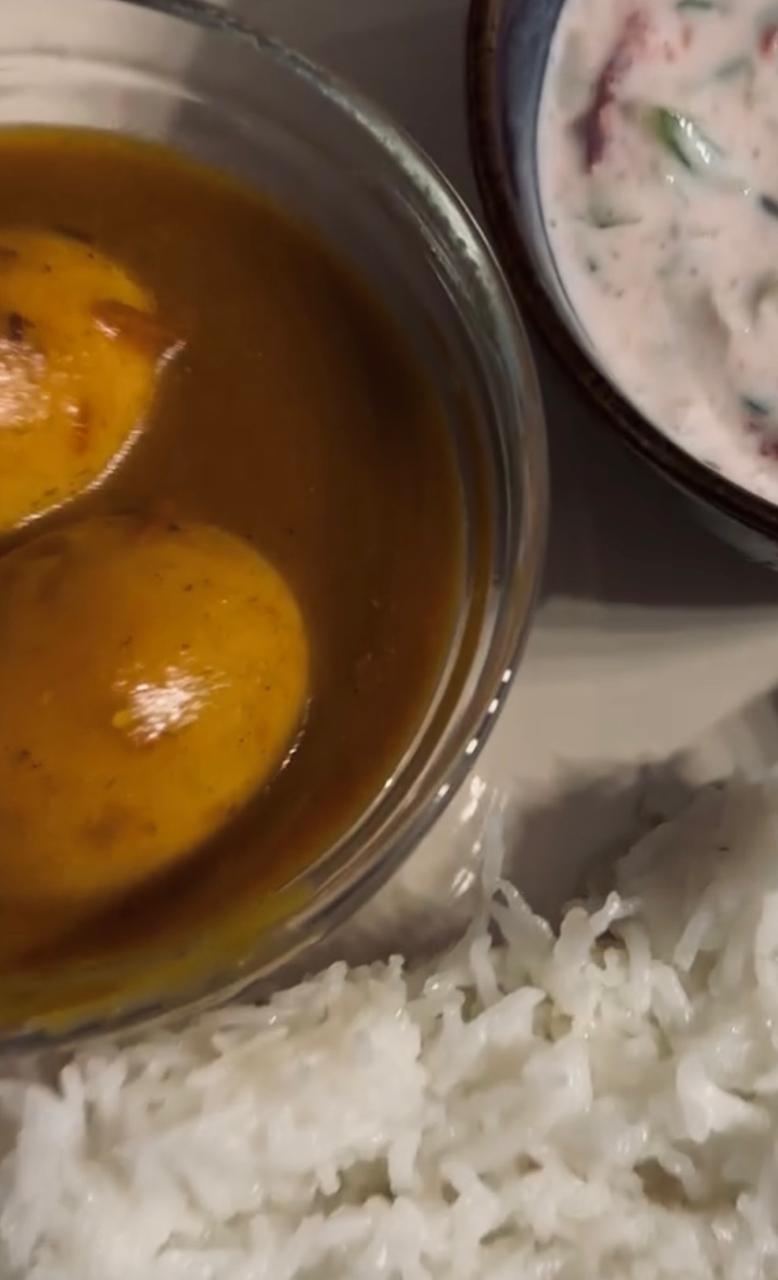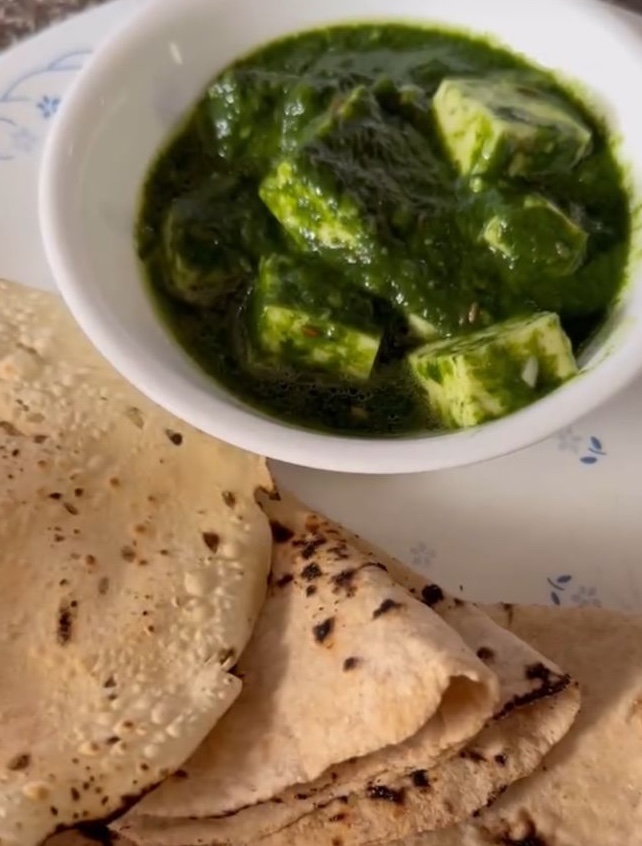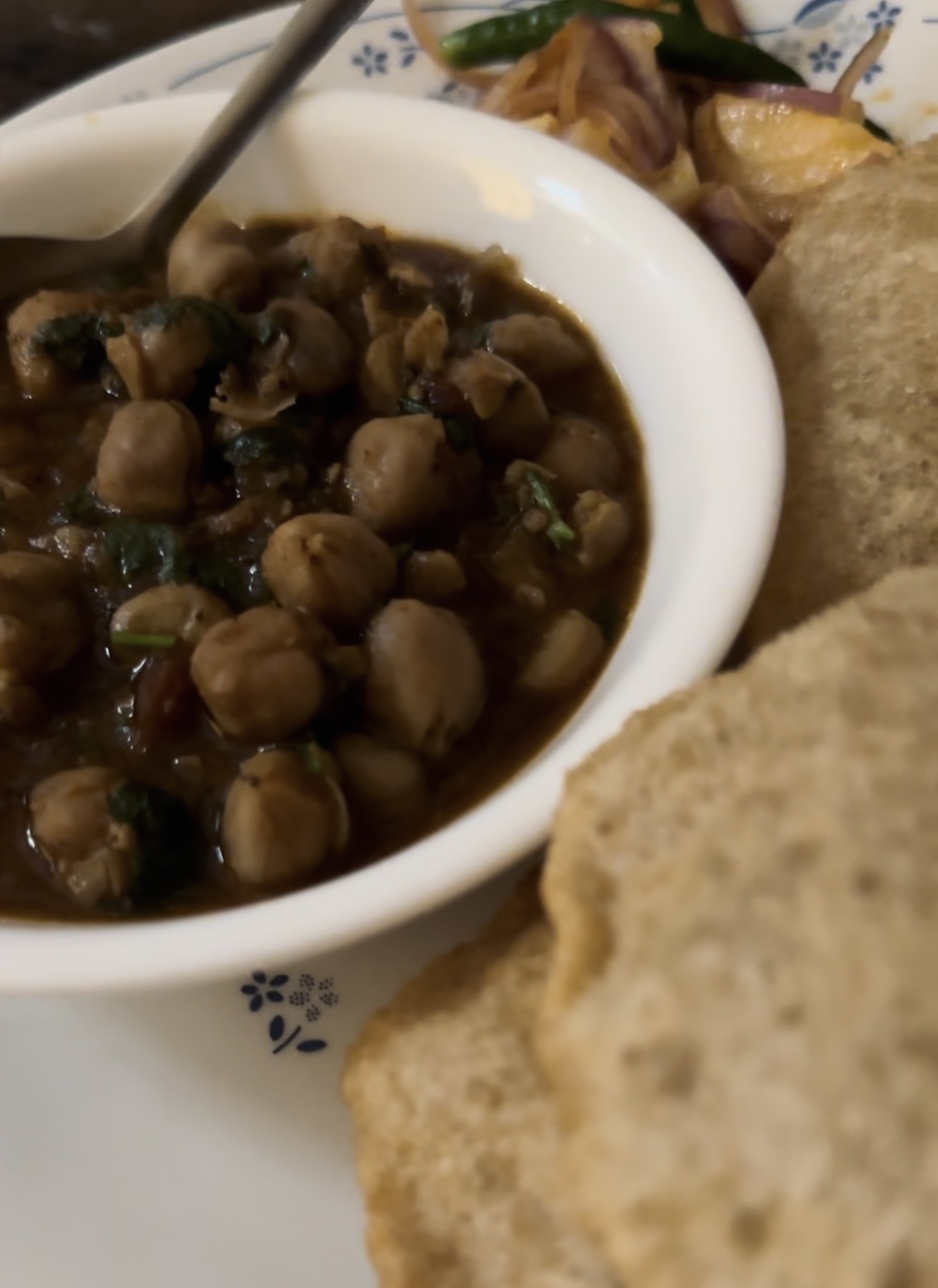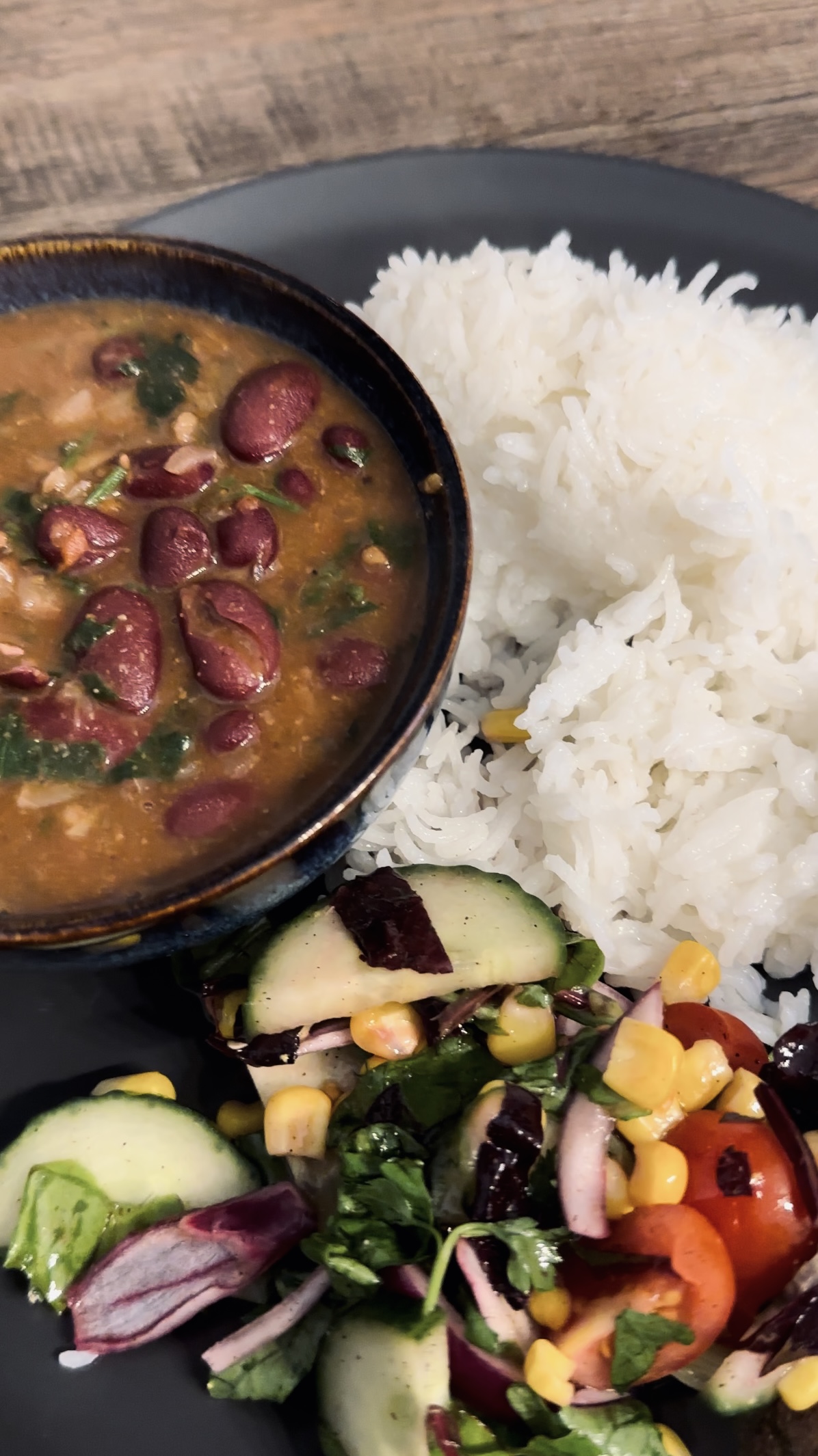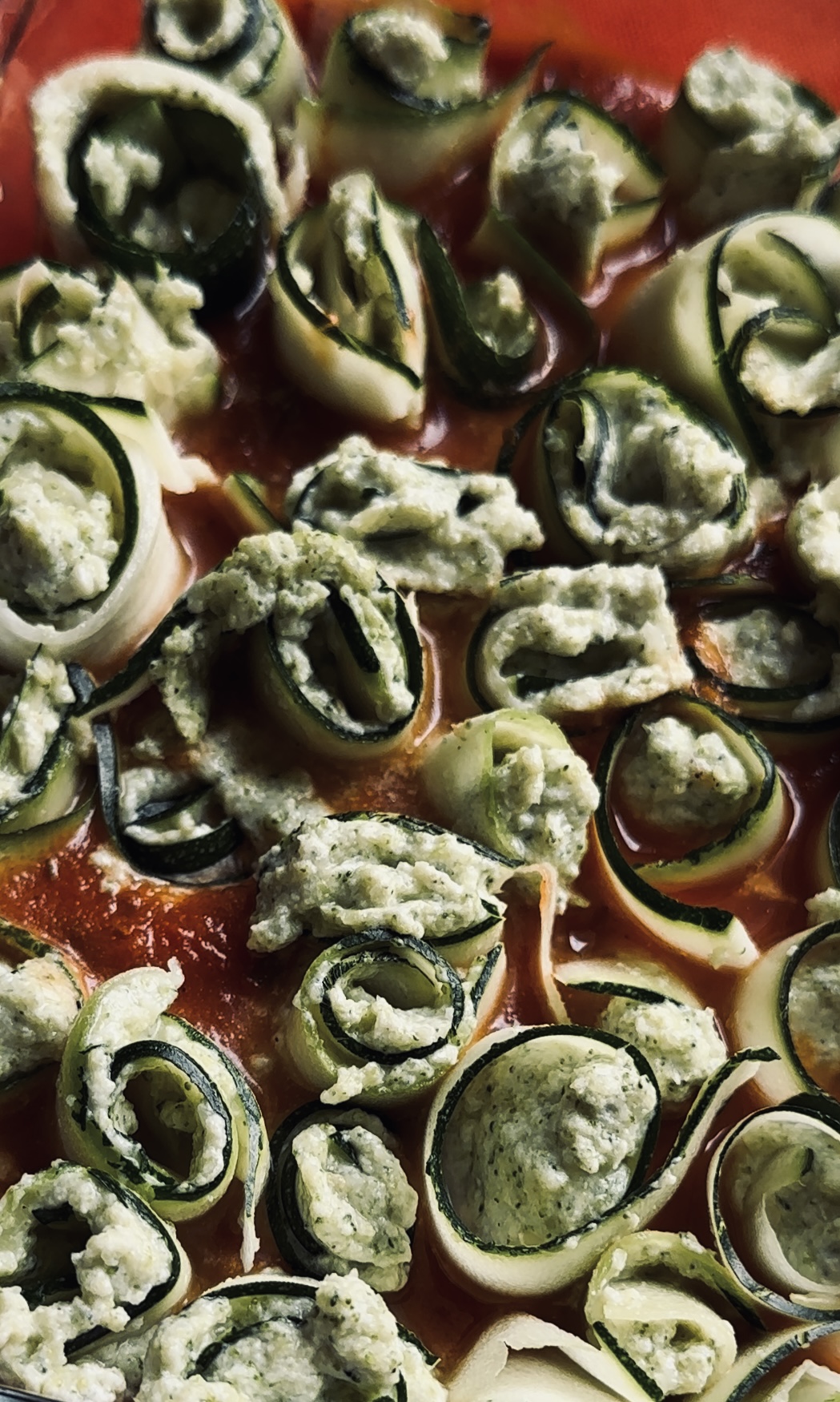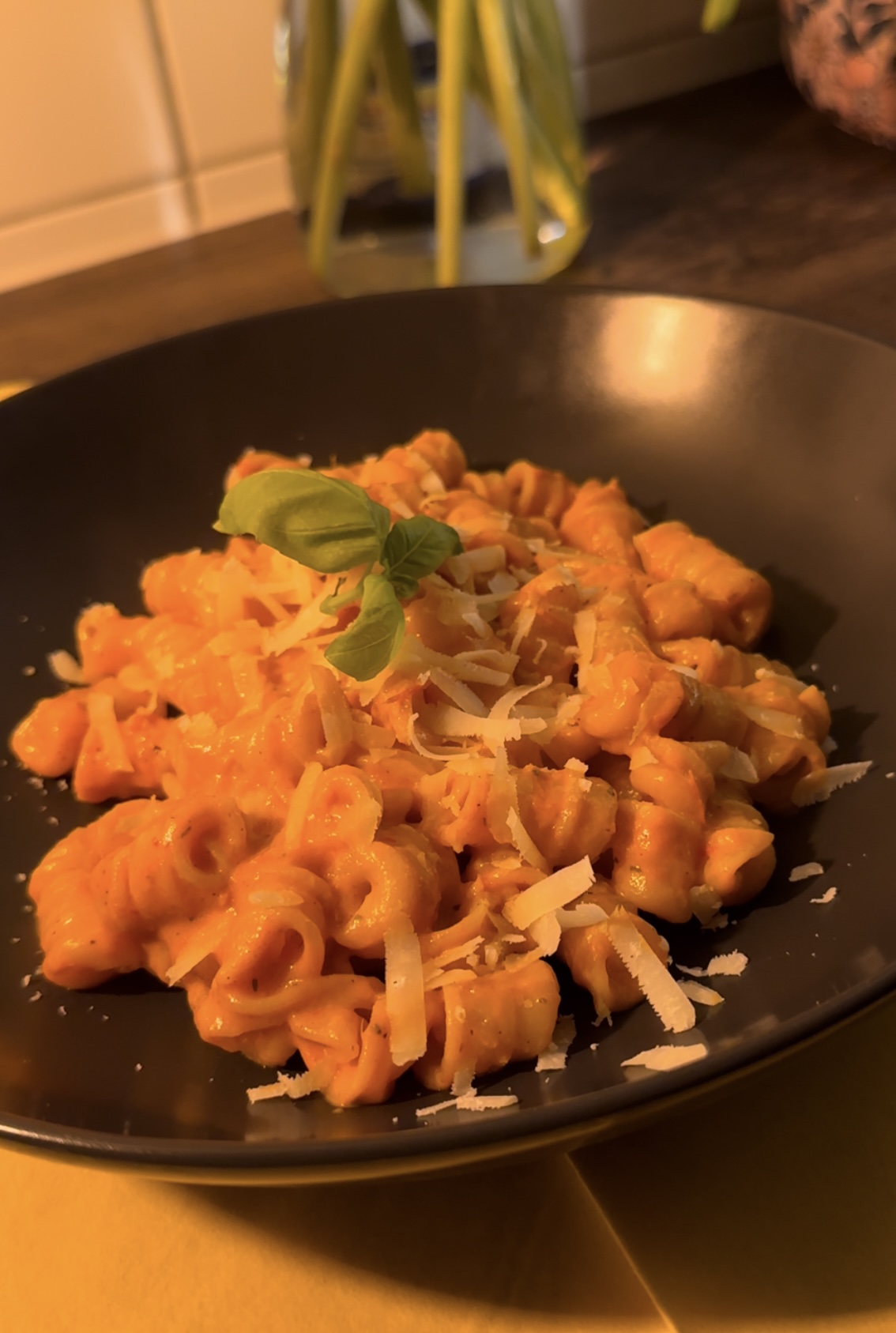A Rich and Nutritious Culinary Masterpiece
Dal Makhani, one of the most cherished dishes in North Indian cuisine, is a rich and creamy lentil-based dish that has captured the hearts of many food lovers across the globe. Known for its luxurious texture and complex flavors, Dal Makhani is not just a meal; it’s an experience. Originating from the Punjab region of India, this dish has transcended cultural boundaries and has become a staple in Indian restaurants worldwide. In this article, we will delve into the origins of Dal Makhani, its cultural significance, and the numerous health benefits it offers. This hearty dish, made primarily from black lentils and kidney beans, is as nutritious as it is delicious, making it an essential part of any balanced diet.
The Origins of Dal Makhani
Dal Makhani, which literally translates to “buttery lentils,” has its roots deeply embedded in the Punjab region of North India. The dish is a true representation of Punjabi cuisine, which is known for its hearty and rich flavors. Punjab, with its fertile plains and robust agricultural traditions, has always been a region that celebrates food. The cold winters of Punjab necessitated meals that were not only filling but also capable of providing sustained energy throughout the day. Dal Makhani perfectly met these requirements, making it a beloved dish in Punjabi households.
Historically, lentils and legumes have been a significant part of the Indian diet due to their affordability, nutritional value, and ease of availability. The primary ingredients in Dal Makhani are whole black lentils (urad dal) and red kidney beans (rajma). These ingredients have been staples in the Punjabi diet for centuries, often prepared in various forms depending on the occasion and the ingredients available.
The dish as we know it today is a relatively modern invention, attributed to the culinary traditions of Punjabi dhabas (roadside eateries) and the invention of pressure cooking. Traditional Dal Makhani was slow-cooked over a wood fire or in a tandoor, allowing the lentils and beans to simmer for hours. This slow-cooking method is what gives the dish its distinctive creamy texture and deep, robust flavor. The introduction of dairy, particularly butter and cream, further enriched the dish, making it a symbol of indulgence in Punjabi cuisine.
Cultural Significance of Dal Makhani
In North Indian culture, Dal Makhani is more than just a dish; it’s a symbol of hospitality, warmth, and comfort. The dish is often reserved for special occasions, family gatherings, and festive celebrations. Its luxurious texture and rich flavor make it a popular choice for weddings, festivals, and other significant events. In many Punjabi households, Dal Makhani is considered a “special” dish, one that is prepared when guests are expected or when there’s something to celebrate.
The preparation of Dal Makhani is often a labor of love. While the dish can be made relatively quickly using modern appliances like pressure cookers, traditional methods still involve slow cooking the lentils for several hours to develop the flavors fully. This dedication to the cooking process is reflective of the Punjabi ethos of treating food as a celebration of life.
Dal Makhani’s popularity has spread far beyond the borders of Punjab. It is now a staple in Indian restaurants across the world, often featured prominently on menus alongside other North Indian classics like butter chicken, naan, and biryani. The dish’s universal appeal lies in its rich, creamy texture and the way it balances the earthy flavors of lentils with the richness of butter and cream.
Health Benefits of Dal Makhani
Dal Makhani is not only a feast for the senses but also offers a wide range of health benefits, thanks to its nutritious ingredients. Here are some of the key health advantages of incorporating Dal Makhani into your diet:
- High in Protein: Dal Makhani is a powerhouse of plant-based protein, making it an excellent choice for vegetarians and vegans. The combination of black lentils and kidney beans provides all the essential amino acids needed for muscle repair, growth, and overall bodily functions. Protein is a vital nutrient that plays a key role in building and repairing tissues, supporting immune function, and maintaining healthy skin, hair, and nails.
- Rich in Dietary Fiber: Both black lentils and kidney beans are excellent sources of dietary fiber. Fiber is crucial for maintaining a healthy digestive system, as it promotes regular bowel movements and helps prevent constipation. A diet rich in fiber has also been linked to lower cholesterol levels, improved blood sugar control, and a reduced risk of heart disease. Additionally, the fiber content in Dal Makhani helps to keep you feeling full and satisfied, which can aid in weight management.
- Supports Heart Health: Dal Makhani is beneficial for heart health due to the presence of antioxidants, fiber, and healthy fats. The lentils and beans in the dish are rich in polyphenols, which are natural compounds that help reduce inflammation and protect the heart from oxidative damage. The inclusion of butter and cream in moderation provides healthy fats that can help improve cholesterol levels when consumed as part of a balanced diet. These fats also contribute to the dish’s creamy texture, making it both indulgent and heart-healthy.
- Stabilizes Blood Sugar Levels: The complex carbohydrates in lentils and beans are digested slowly, providing a steady release of energy and preventing spikes in blood sugar levels. This makes Dal Makhani an excellent choice for individuals with diabetes or those looking to maintain stable energy levels throughout the day. The fiber in the dish also plays a role in slowing down the absorption of sugar, further helping to regulate blood sugar levels.
- Rich in Essential Nutrients: Dal Makhani is packed with essential nutrients, including iron, magnesium, potassium, and folate. Iron is crucial for the production of hemoglobin, which carries oxygen in the blood, while magnesium supports muscle and nerve function. Potassium helps regulate blood pressure, and folate is important for DNA synthesis and cell division. These nutrients contribute to overall health and well-being, making Dal Makhani a nutrient-dense meal that supports a healthy lifestyle.
- Low Glycemic Index: The lentils and beans used in Dal Makhani have a low glycemic index (GI), meaning they cause a slower and more gradual rise in blood sugar levels. Foods with a low GI are beneficial for maintaining energy levels, controlling appetite, and reducing the risk of developing type 2 diabetes. The low GI of Dal Makhani makes it a suitable option for those looking to manage their blood sugar levels effectively.
Variations of Dal Makhani
While the traditional recipe for Dal Makhani is beloved for its rich and creamy flavor, there are several variations that cater to different tastes and dietary preferences. These variations offer unique twists on the classic dish, making it even more versatile:
- Low-Fat Dal Makhani: For those looking to reduce their fat intake, a low-fat version of Dal Makhani can be made by using less butter and cream, or by substituting with low-fat yogurt or a non-dairy alternative like coconut milk. This version retains the dish’s rich flavor while being lighter on the calories.
- Vegan Dal Makhani: To make Dal Makhani vegan, simply replace the butter with a plant-based alternative, such as vegan margarine or coconut oil, and use coconut cream or cashew cream instead of dairy cream. This version is perfect for those following a vegan diet or anyone looking to reduce their consumption of animal products.
- Instant Pot Dal Makhani: For those short on time, an Instant Pot or pressure cooker can be used to prepare Dal Makhani in a fraction of the time it takes to cook it traditionally. The pressure cooking method helps break down the lentils and beans quickly, while still allowing the flavors to develop fully.
- Spicy Dal Makhani: For those who enjoy a bit of heat, extra spices like green chilies, red chili powder, and even a pinch of cayenne pepper can be added to the dish. This version offers a spicier kick, while still maintaining the creamy and rich texture of traditional Dal Makhani.
- Dal Makhani with Spinach: Adding spinach to Dal Makhani is a great way to boost the dish’s nutritional content. Spinach is rich in vitamins, minerals, and antioxidants, making it a healthy addition that complements the flavors of the dish.
Dal Makhani as a Versatile Meal
Dal Makhani’s versatility extends beyond its variations. It can be enjoyed in different settings and is suitable for various dietary preferences. Here are some ways to enjoy Dal Makhani:
- Dinner: Dal Makhani is a popular choice for dinner, providing a filling and nutritious meal that can be served with rice, naan, or roti. Its rich flavors make it a comforting end to the day, especially during colder months.
- Special Occasions: Given its luxurious texture and rich flavor, Dal Makhani is often reserved for special occasions, such as weddings, festivals, and family gatherings. Its ability to be prepared in large quantities makes it a perfect dish for feeding a crowd.
- Meal Prep: Dal Makhani can be prepared in advance and stored in the refrigerator for several days. It also freezes well, making it an excellent option for meal prepping. Simply reheat the dish before serving, and enjoy a homemade, nutritious meal on busy days.
- Vegetarian Protein Source: For vegetarians and vegans, Dal Makhani serves as an excellent source of protein. It can be included in a balanced diet to ensure adequate protein intake without the need for animal products.
- Comfort Food: Many people turn to Dal Makhani as a comfort food, enjoying its rich and creamy texture as a way to unwind and relax. Paired with buttery naan or steamed rice, it offers a satisfying and nourishing meal that soothes the soul.
Tips for Making the Perfect Dal Makhani
While Dal Makhani is relatively simple to prepare, here are some tips to ensure you get the best results every time:
Finish with Cream: Adding a splash of cream at the end of cooking gives Dal Makhani its signature richness and smooth texture. For a lighter version, you can use low-fat cream or even a plant-based alternative.
Soak the Lentils and Beans: Soaking the lentils and beans overnight helps reduce cooking time and ensures they cook evenly. It also improves their texture and makes them easier to digest.
Slow Cook for Flavor: Dal Makhani benefits from slow cooking, which allows the flavors to meld together and develop fully. If possible, cook the dish over low heat for an extended period, stirring occasionally to prevent it from sticking to the pot.
Use Fresh Ingredients: Fresh tomatoes, ginger, garlic, and onions make a significant difference in the flavor of the dish. Avoid using canned tomatoes if possible, as fresh ones provide a richer taste.
Balance the Spices: Adjust the spices according to your taste preferences. If you prefer a milder flavor, reduce the amount of chili powder and green chilies. For a spicier dish, increase the heat with additional spices.
Dal Makhani is a true culinary masterpiece that has stood the test of time. Its rich, creamy texture and complex flavors make it a beloved dish in Indian cuisine, while its numerous health benefits make it a nutritious choice for any meal. Whether you’re enjoying it as a comforting dinner, serving it at a special occasion, or simply preparing it as part of your weekly meal prep, Dal Makhani is a dish that never fails to impress.
With its origins deeply rooted in the Punjab region of North India, Dal Makhani has become a symbol of hospitality, warmth, and the rich culinary traditions of the region. Its versatility, both in terms of preparation and the occasions it suits, ensures that it remains a staple in households and restaurants alike.
So the next time you’re craving a dish that’s both indulgent and nutritious, consider making Dal Makhani. This rich and creamy lentil dish is more than just a meal—it’s an experience that brings people together and nourishes the body and soul.
Description
Dal Makhani is a classic North Indian dish made from whole black lentils (urad dal) and kidney beans (rajma), slow-cooked in a creamy tomato-based sauce. This indulgent dish is known for its rich flavors and velvety texture, making it a perfect accompaniment to rice or naan. Whether for a special occasion or a comforting meal at home, Dal Makhani is sure to satisfy your taste buds.
Ingredients
Instructions
-
Soak the Lentils and Beans:
Rinse 1/2 cup whole black lentils and 2 tablespoons kidney beans thoroughly. Soak them in water overnight or for at least 6-8 hours.
-
Cook the Lentils and Beans:
Drain the soaked lentils and beans. In a pressure cooker, add the lentils, beans, and enough water to cover them. Pressure cook for 20-25 minutes until they are soft and fully cooked. Set aside.
-
Prepare the Masala:
- In a heavy-bottomed pan, heat 1 tablespoon of butter over medium heat. Add 1 teaspoon cumin seeds and let them splutter.
- Add the finely chopped onion and sauté until golden brown.
- Add 1 tablespoon of ginger-garlic paste and chopped green chilies. Sauté for 2-3 minutes until fragrant.
- Add the pureed tomatoes, turmeric powder, red chili powder, coriander powder, and cumin powder. Cook the mixture until the oil separates from the masala.
-
Simmer the Dal:
- Add the cooked lentils and beans to the pan, along with salt to taste. Mix well and add enough water to achieve your desired consistency.
- Let the dal simmer on low heat for 30-40 minutes, stirring occasionally. The longer it simmers, the richer the flavor.
-
Finish with Cream and Garnish:
- Stir in 2 tablespoons of cream. Let it cook for another 5 minutes.
- Garnish with fresh coriander leaves before serving.
Nutrition Facts
Servings 2
- Amount Per Serving
- Calories 350kcal
- % Daily Value *
- Total Fat 12g19%
- Saturated Fat 6g30%
- Cholesterol 30mg10%
- Sodium 400mg17%
- Potassium 500mg15%
- Total Carbohydrate 45g15%
- Dietary Fiber 15g60%
- Sugars 8g
- Protein 12g24%
- Vitamin A 800 IU
- Vitamin C 20 mg
- Calcium 100 mg
- Iron 5 mg
* Percent Daily Values are based on a 2,000 calorie diet. Your daily value may be higher or lower depending on your calorie needs.
Note
- For an even richer flavor, let the dal simmer for longer. Slow cooking is key to developing the deep, rich flavors of Dal Makhani.
- Adjust the spice levels to your taste by modifying the amount of chili powder and green chilies.
- You can add a small amount of butter at the end for an extra rich and creamy texture.

